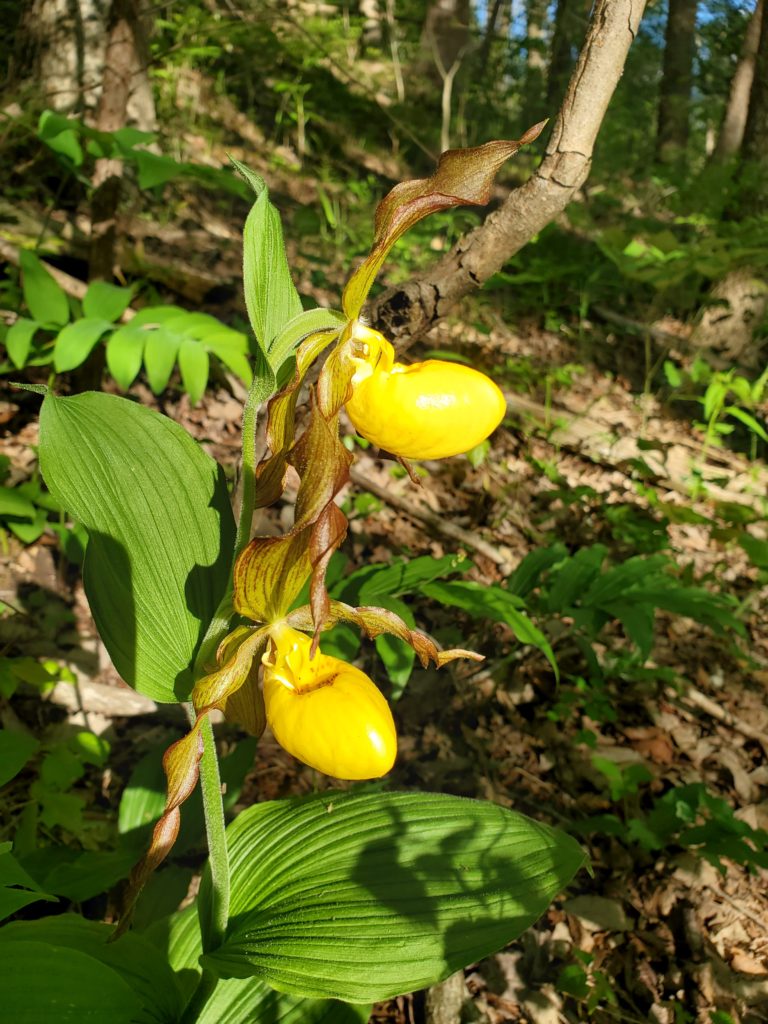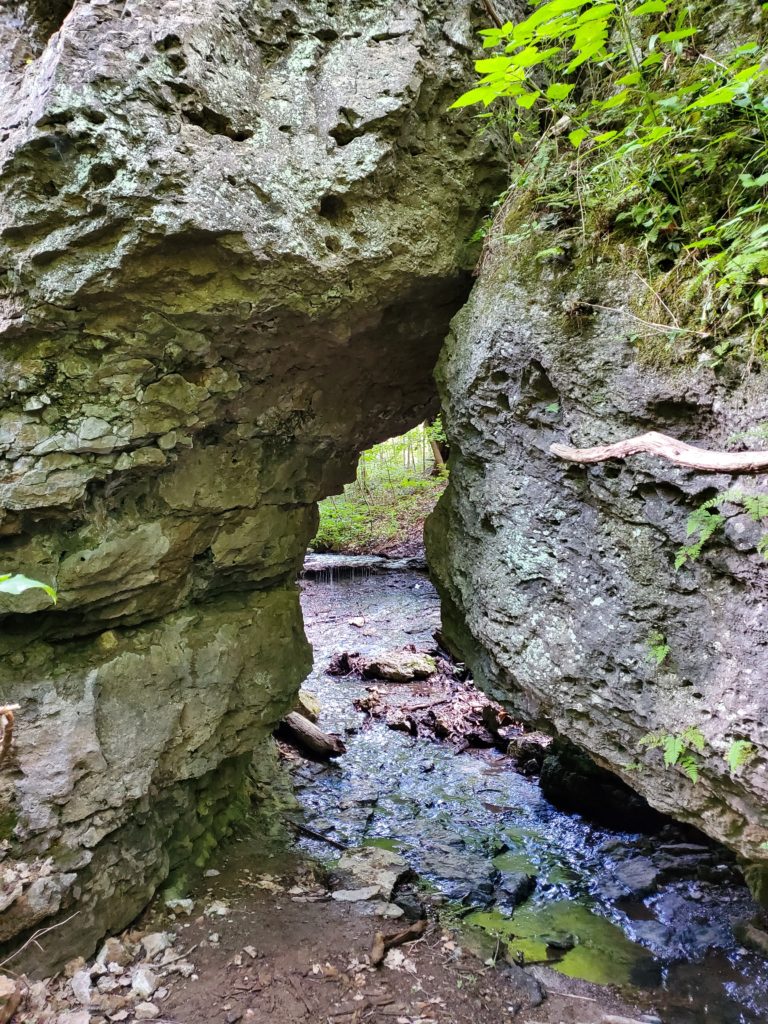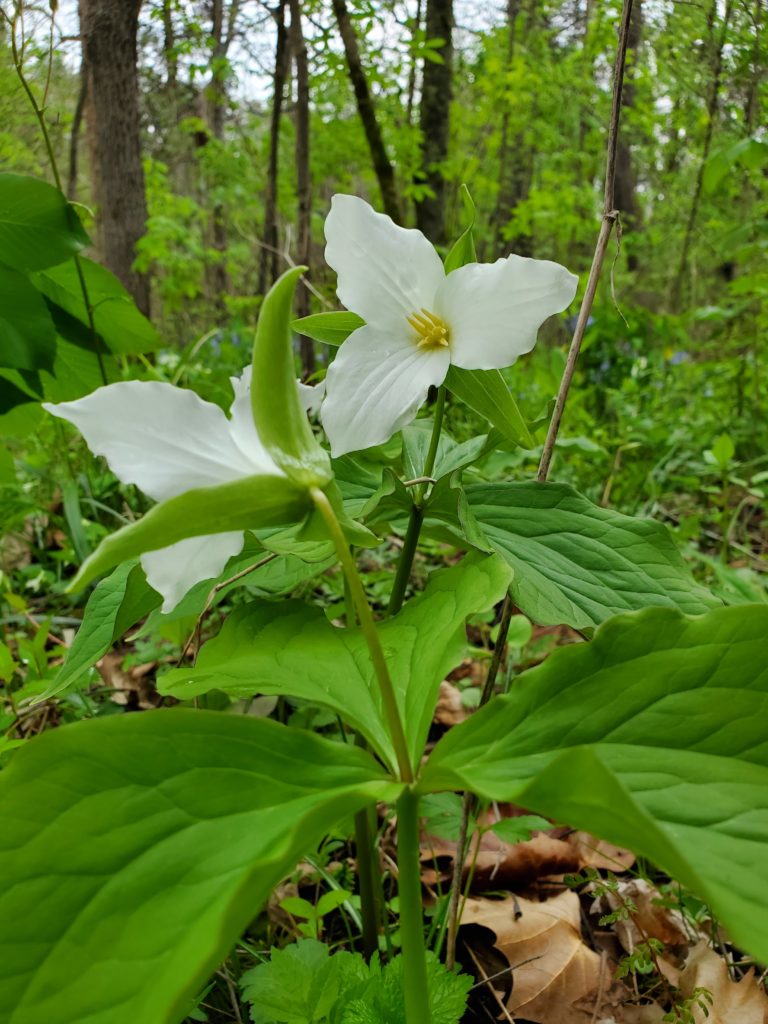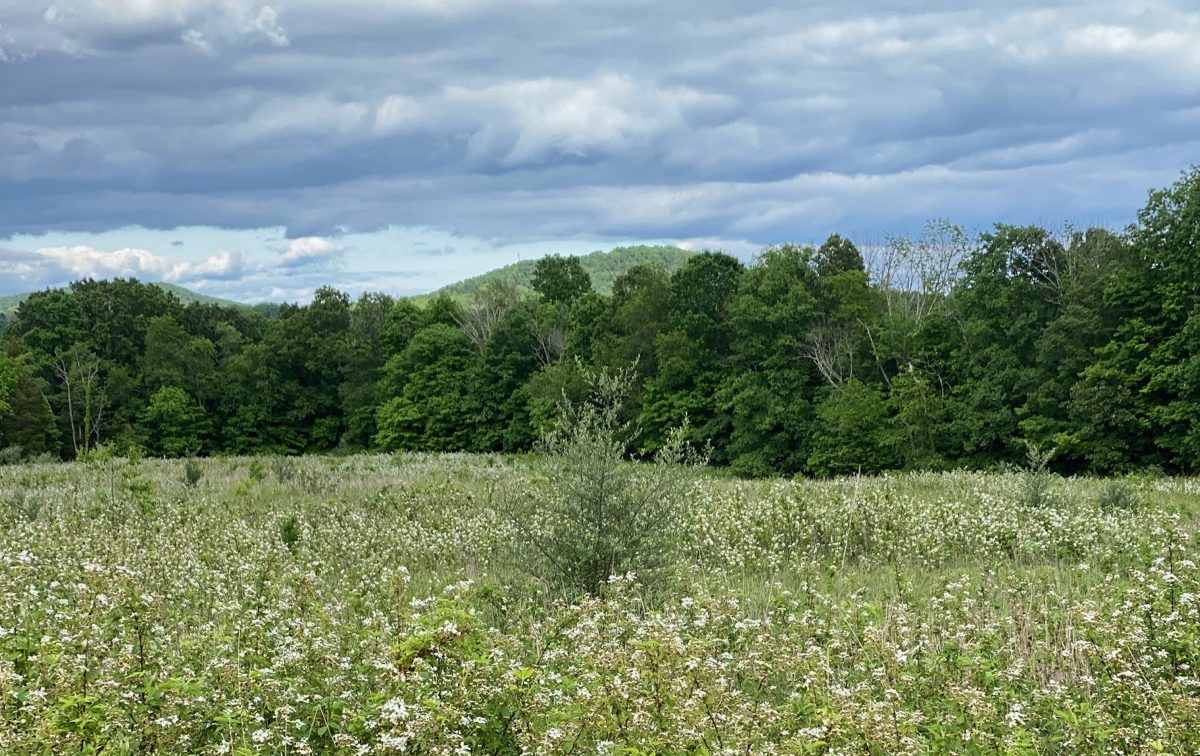The focus of the Urban Appalachian Community Coalition is obviously our urban community. But nearly all of us, Appalachian or otherwise, like to escape the city and find some solace in the natural world. For many of us, the obvious and easy direction is to the south in Kentucky. Red River Gorge is a major destination, for example. However, directly east of the city, in Ohio’s own Appalachian region, there is an expanding area of natural preserves that are worthy of attention. The Arc of Appalachia consists of a series of nature preserves that are perhaps the best-kept secret in southern Ohio.
The Arc of Appalachia maintains 20 natural preserves that total more than 7000 acres. These preserves are spread across Southeastern Ohio, and some of them are within an hour’s drive of Cincinnati. The mission of the Arc of Appalachia is “to preserve the beauty, balance, and biodiversity of wildlands in Appalachian Ohio.” For more than 25 years, the Arc of Appalachia preserves has been acquiring former farmland and wild areas explicitly for preservation. I have walked miles of trails within the Arc of Appalachia, and I can tell you there are treasures there that you need to experience to believe.

The 20 preserves within the Arc of Appalachia are home to 11,000 species of plants. More than 80 of these species are endangered or protected. Appalachian Ohio has historically supported the rare wild orchid called Lady’s Slippers. The Arc of Appalachia is making it possible for these to thrive. On one hike I found an entire hillside covered with Lady’s Slippers. These were the small yellow Lady’s Slippers which are among the rarest in Ohio due to the loss of the natural habitat that is now preserved by the Arc of Appalachia. The Ohio Department of Natural Resources is literally hand-pollinating yellow Lady’s Slippers to better propagate them in the wild. That the Arc of Appalachia has managed to preserve the ecosystems that can support an entire crop of these rare wild orchids is something of a miracle and a testament to the type of preservation work they are achieving.
My most recent hike was at the Plum Run Prairie. This is an ecosystem that is all but lost in Ohio. A true natural prairie that spreads out for acres, Plum Run is home to one of the largest varieties of native wildflower species in the region. The trails will lead you through the prairies, obviously, but it also winds through some woods and follows a creek. The forest trail is marked by the large concentration of Eastern Red Cedar trees. I also discovered Allegheny Mound Ants. I understand that ants may not be the kind of thing that excites many people, but these things are natural wonders I never knew existed. Scattered throughout the prairie there are mounds, some as large as six feet in diameter, built by a rare species of ant. This rare species ant literally shepherds the equally rare caterpillar of the Edwards’ Hairstreak Butterfly. Arc of Appalachia has preserved the natural conditions that support two rare species which would otherwise disappear.
Andrea Jaeger, from the main office for Arc of Appalachia in Bainbridge, Ohio, explained some of the history of the project and how it all works. Andrea told me the whole thing began when the founder and Executive Director, Nancy Stranahan, purchased a plot of land to preserve it. According to Andrea, “they put a donation jar in a local coffee house and simply asked people to help support land preservation. It grew from there.” Andrea said the Arc of Appalachia is now supported through a combination of donations and grants: “We’ve gotten Clean Ohio grants several times, and we continue to receive generous support from donors.”

The Arc of Appalachia is committed to preserving “the rich diversity of life in North America’s Great Eastern Forest.” This is a series of woodlands that once stretched from the eastern states all the way through the entire state of Ohio. A novel by Conrad Richter called The Trees is set in Ohio at a time when the forest canopy covered the whole region. It is a beautiful novel but also bleak as this canopy became oppressive to early settlers. What we once mistook for progress nearly destroyed all of this natural area. The Arc of Appalachia explains that the Great Eastern Forest has survived “climate change, droughts, fires, and even glaciers.” It has also survived suburban sprawl and overdevelopment of the natural land. To have such a natural resource so close to us is a treasure.
The board that administers the Arc of Appalachia continues to acquire land in eastern Ohio that was once privately owned and setting this land aside for natural preservation. Andrea Jaeger told me their focus “is to expand existing preserves to better protect them.” These efforts work within what they describe as a global preservation ethic—a drive to set aside tracts of land and save it from development. One recent acquisition includes a 39-acre tract of land donated by Shelly Materials and its subsidiary, Chillicothe Sand and Gravel. This provides 1.5 miles of land that runs forest on the Scioto River.
Part of the Arc of Appalachia’s mission is to provide education. The website provides details on how to get involved with their education programs. Andrea Jaeger told me they have a “tree course” coming up on August 28: “Our goal is to make Ohio the most tree-literate state in the country. We have teachers/naturalists taking groups out in 20 locations to identify species of trees, talk about the importance of these trees to the ecosystem, and how people can work to preserve these species.”
As urban Appalachians, we have often felt the call to return home to the Appalachian homelands. Heading back to eastern Kentucky to visit family and to spend time in the woods is common. The Arc of Appalachia Nature Preserves provides another option for us city folk who need to escape to nature. The mission of preservation and education is exactly the type of work the Urban Appalachian Community Coalition values. For anyone who recharges their batteries by heading into nature, these preserves are rare and precious gifts. For more information about Arc of Appalachia, you can visit their website: https://arcofappalachia.org/.

I know it is a cliché, but I will say it anyway: When heading into the Arc of Appalachia Nature Preserves, take nothing but photos, and leave nothing but footprints.
Mike Templeton is a writer, independent scholar, barista, cook, guitar player, and accidental jack-of-all-trades. Check out his profile in UACC’s new Cultural Directory. He lives in downtown Cincinnati with his wife who is a talented photographer. They spend their free time walking around the city snapping photos. She looks up at that the grandeur of the city, while Mike always seems to be staring at the ground.


Why are you letting the trees grow over the mound? They are hiding the Mound. This unacceptable. Why are you doing this?
I drove thru south Eastern Ohio to get back home to Erie Penna. Found it quite Beautiful, it’s amazing how most people around my area tend to think of Ohio as flat and prairie like and urbanized. I always tell them this area is a Gem so good to see they are preserving it !